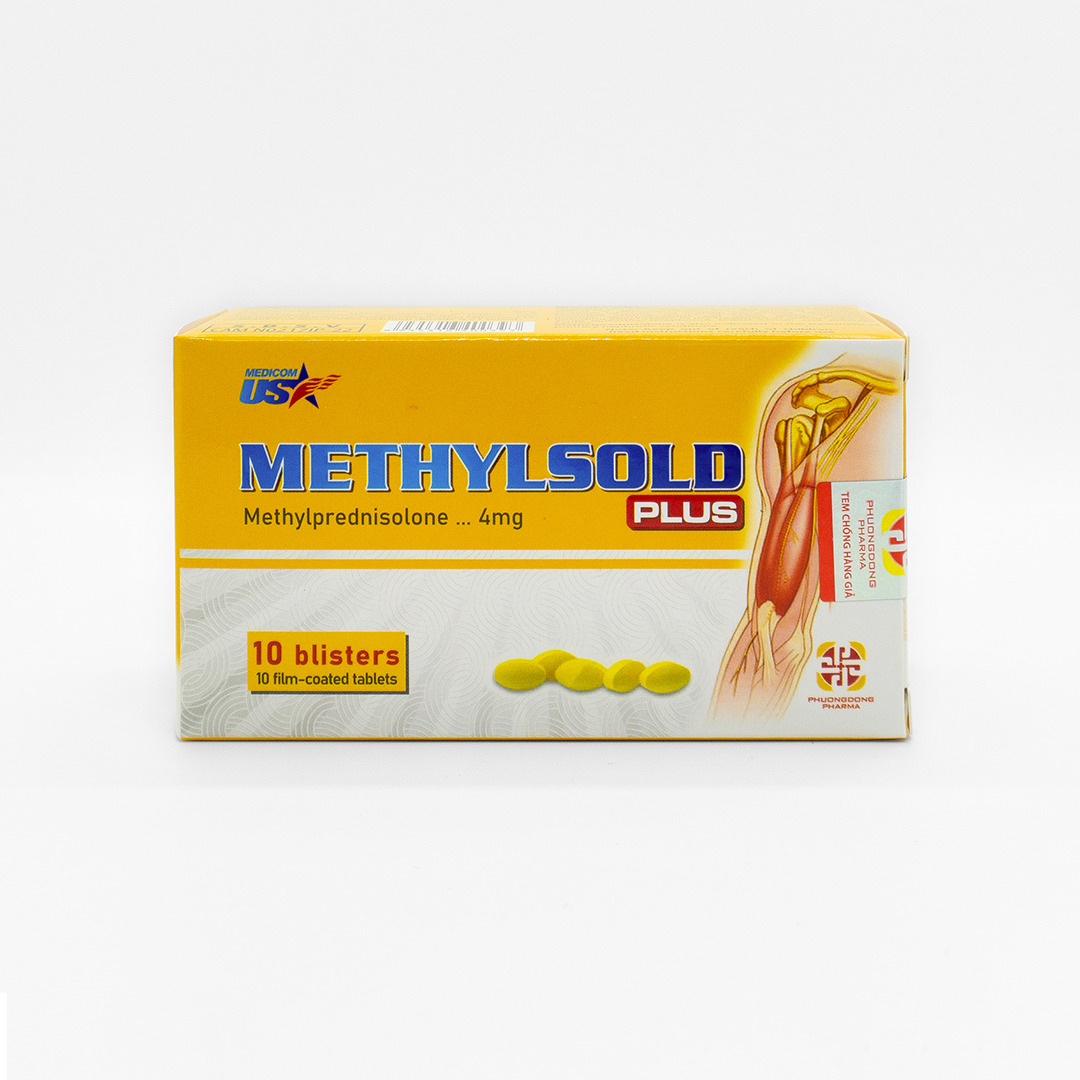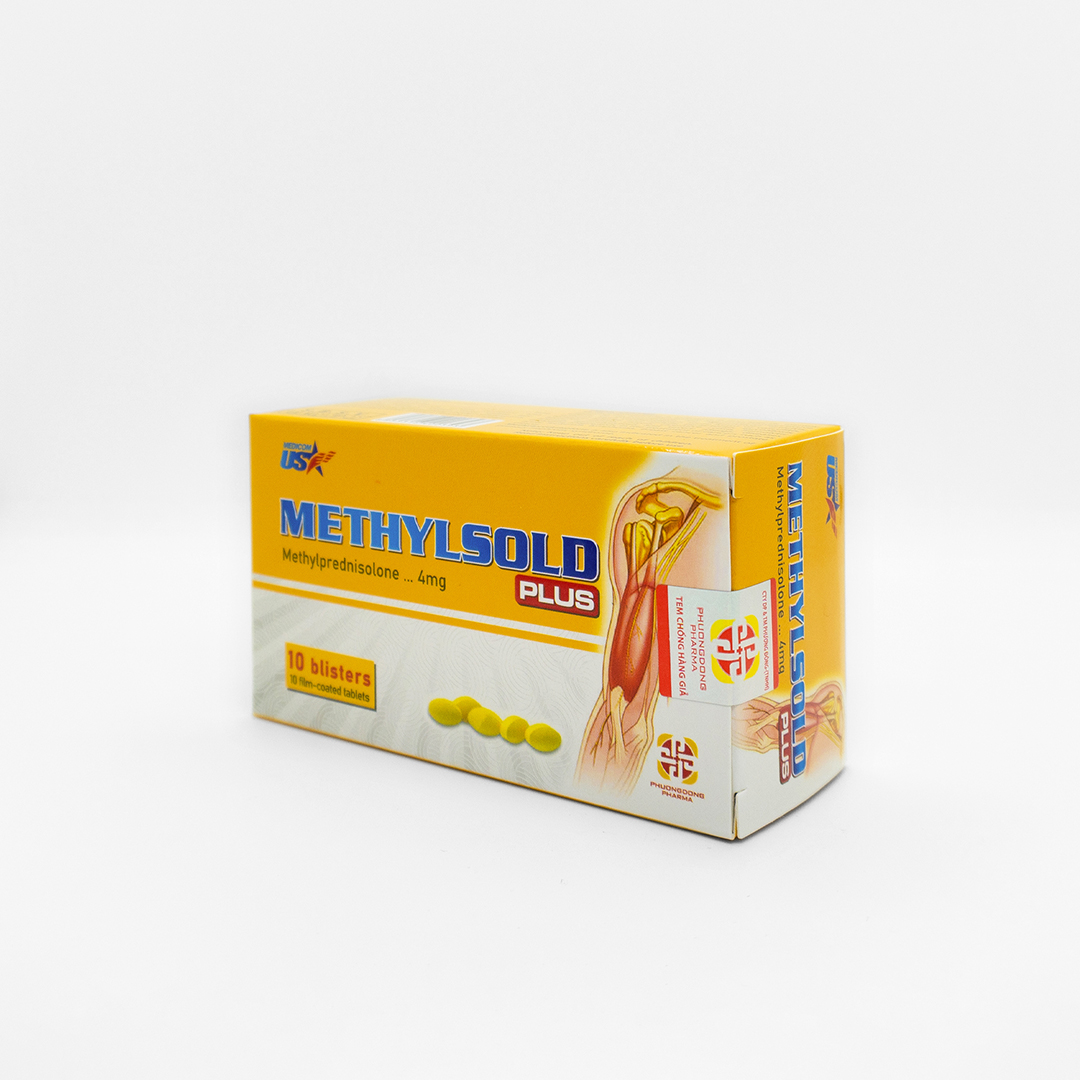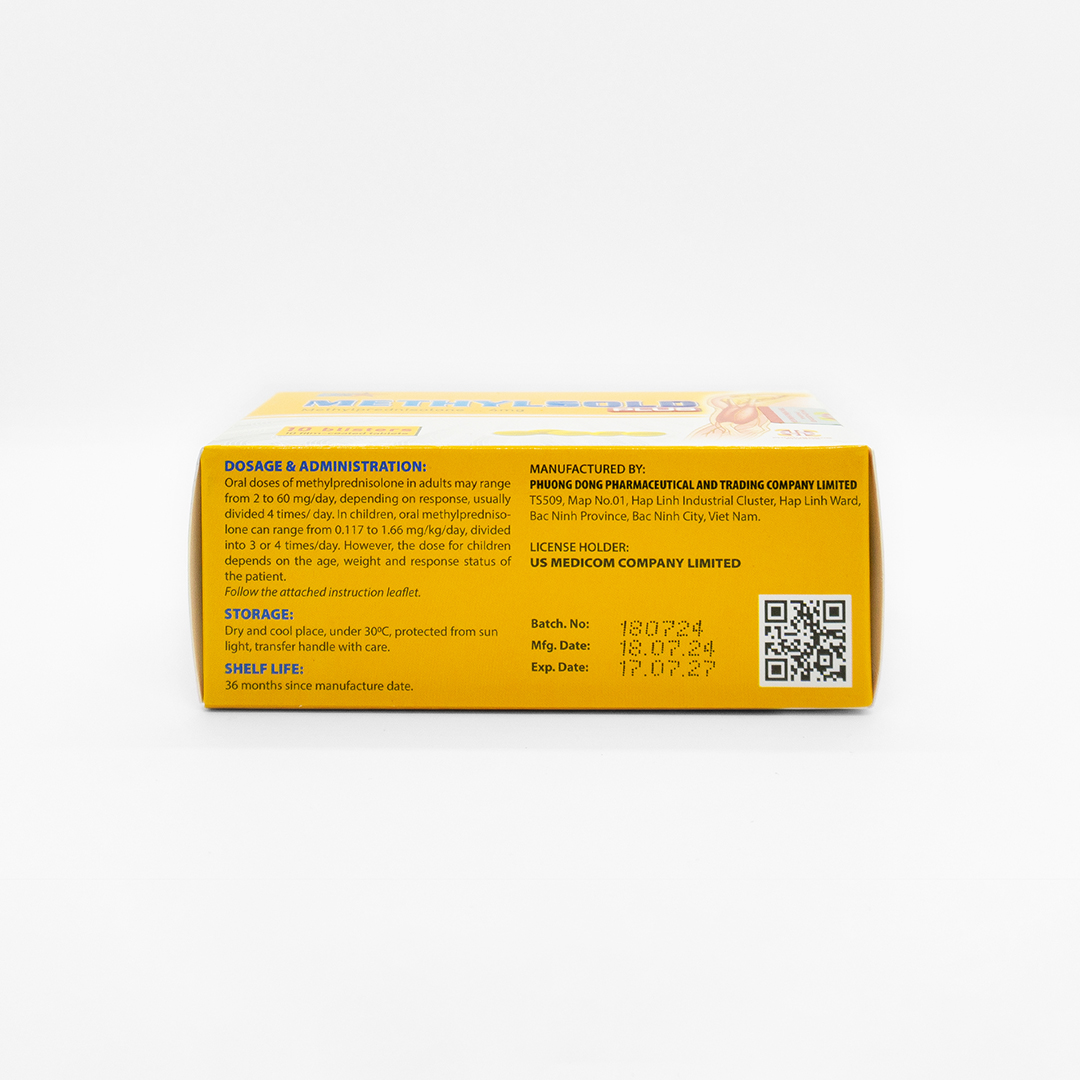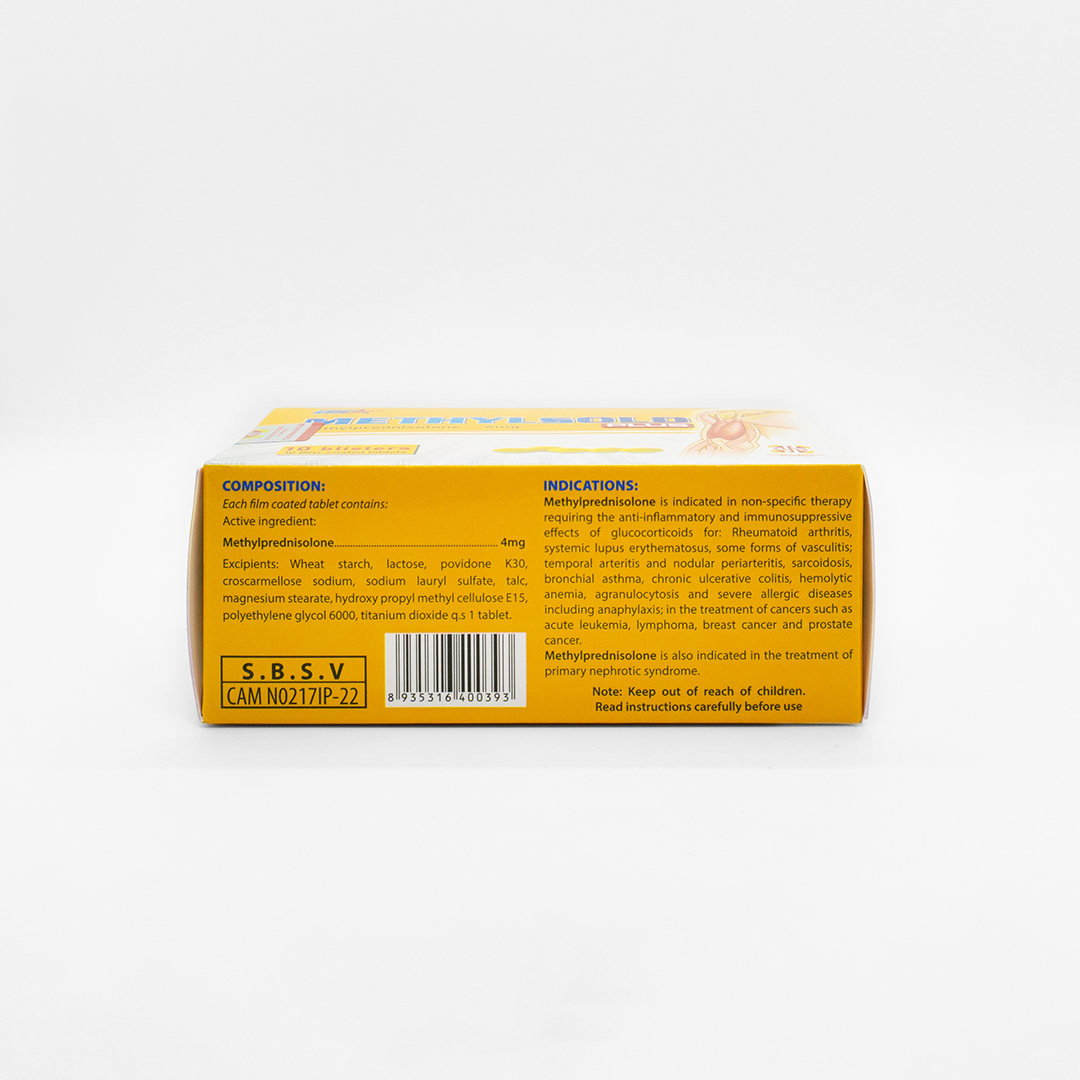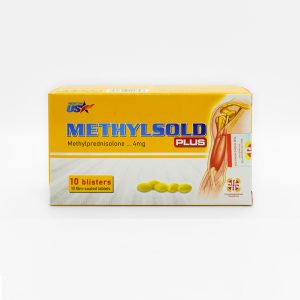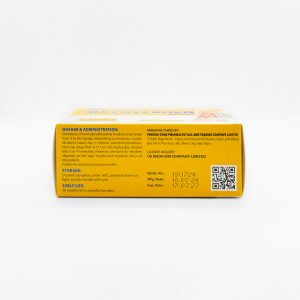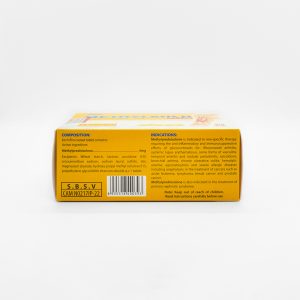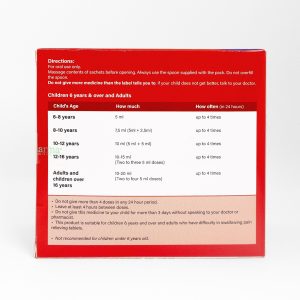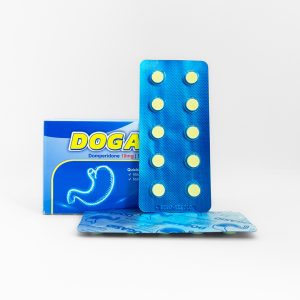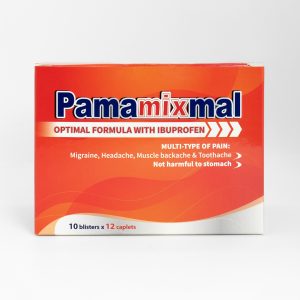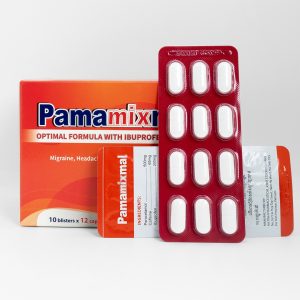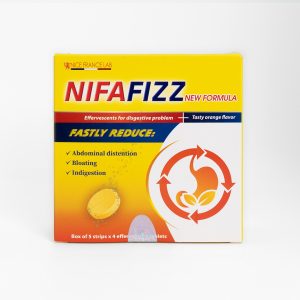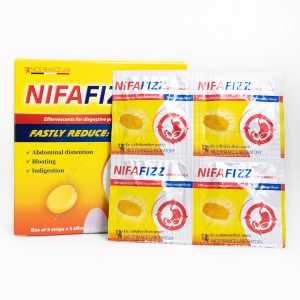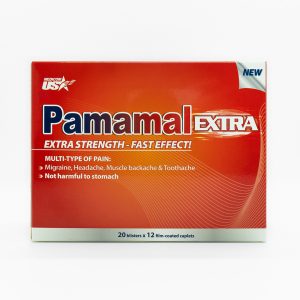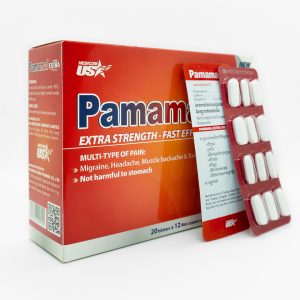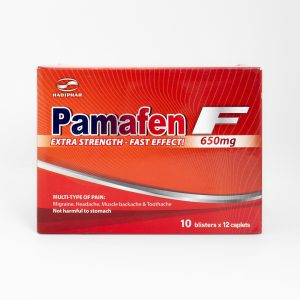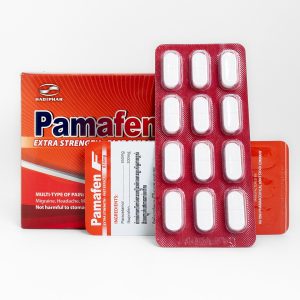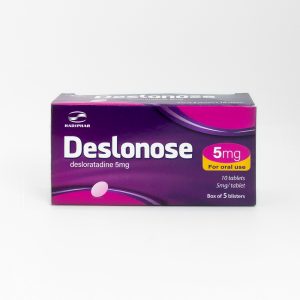INDICATIONS:
Methylprednisolone is indicated in non-specific therapy requiring the anti-inflammatory and immunosuppressive effects of glucocorticoids for: Rheumatoid arthritis, systemic lupus erythematosus, some forms of vasculitis; temporal arteritis and nodular periarteritis, sarcoidosis, bronchial asthma, chronic ulcerative colitis, hemolytic anemia, agranulocytosis and severe allergic diseases including anaphylaxis; in the treatment of cancers such as acute leukemia, lymphoma, breast cancer and prostate cancer. Methylprednisolone is also indicated in the treatment of primary nephrotic syndrome.
POSOLOGY AND METHOD OF ADMINISTRATION
Usage: Taken orally with water.
Dosage:
Oral doses of methylprednisolone in adults may range from 2 to 60 mg/day; depending on response, usually divided into 4 times per day. In children, oral methylprednisolone can range from 0.117 to 1.66 mg/kg/day, divided into 3 or 4 times per day. The dose for children depends on the age, weight, and response of the patient.
For adults & teenagers:
For treating heavy asthma attack of inpatients: dose of 32-48 mg per day. Can gradually reduce daily dose and stop intake after 10 to 14 days since corticosteroid treatment started.
For acute asthma attack: dose of 32-48 mg per day in 5 days. After that, dose can be reduced for additional treatment in 1 week. When no longer having acute asthma attack, methylprednisolone is reduced significantly.
Adults and teenagers having at least 2 severe asthma attacks per year use dose of 40-60 mg/day, 1-2 times per day. Can add maintenance dose of corticosteroid nebulized of bronchodilator β 2-agonists with elongated effect. 3-10 days courses of corticosteroid intake may continue until patients reach their Peak Expiratory Flow of 80% and until all the symptoms disappear. If the asthma attack is under control, corticosteroid need to be reduced.
In case of emergencies when treating moderate and severe asthma in adults and teenagers: 40-80 mg per day, 1-2 times/day.
For treating severe rheumatism: dose of 0.8 mg/kg/day, divide to smaller doses. After that, reinforce with only one dose per day and reduce gradually to minimum dose.
For treating rheumatoid arthritis: starting with 4-6 mg/day. If treating acute rheumatoid arthritis, intake 16-32 mg/day, then reduce significantly.
For treating primary kidney failure syndrome: starting with daily dose of 0.8 – 1.6 mg/kg in 6 weeks, then reduce gradually in 6 to 8 weeks.
Chronic colon ulcer: 8-24 mg/day.
Sarcoid:8 mg/kg/day to lower the status of disease. After that use 8 mg/day for maintenance dose.
Immune anemia hemolysis: dose of 64 mg/day in at least 6-8 weeks.
For children:
Treating rheumatoid arthritis: 4-8 mg/day
Chronic arthritis with life-threatening complications: 10-30 mg/kg/treatment course (usually take up to 3 times)
Asthma: In children aged 4 years and below with more than 3 severe asthma attacks per year and children aged 5-11 years with at least 2 severe asthma attacks per year take dose of 1-2 mg/kg/day (no more than 60 mg/day), may add to other asthma treatment.
CONTRAINDICATIONS
Heavy infection, except septic shock and tuberculous meningitis.
Patient with a history of hypersensitivity to methylprednisolone and/or any of the ingredients in the drug.
Recently vaccinated with inactivated virus
Skin damaged by virus, fungus, or tuberculosis
ATTENTION AND CAUTION
Corticosteroids may increase the risk of infection, may mask some signs of infection, and new infections may appear during use. Suppression of the inflammatory response and immune function increases susceptibility to fungal, viral, and bacterial infections and their severity. People who are taking medications that suppress the immune system are more susceptible to infections than healthy people. Passive immunization with immunoglobulins is recommended in non-exposed patients who are taking systemic corticosteroids or who have used them within the previous 3 months; this should be done within 10 days of exposure to chickenpox. If there is a confirmed diagnosis of chickenpox, special care and urgent treatment is needed. Corticosteroids should not be discontinued and the dose should be increased.
Corticosteroids should be used with caution in patients with known or suspected parasitic infections such as strongyloidiasis, which can lead to rapid proliferation and spread of strongyloidiasis with extensive larval migration, often followed by severe enteritis and gram-negative mortality.
Attenuated vaccines are contraindicated in patients receiving immunosuppressive doses of corticosteroids. Antibody reactions to other vaccines may be reduced.
The use of corticosteroids in active Tuberculosis (TB) should be limited to cases of advanced or widespread pulmonary TB, where corticosteroids are used to treat the disease in conjunction with an appropriate anti-tuberculosis regimen. If corticosteroids are indicated in patients with latent pulmonary tuberculosis or tuberculin reactions, close monitoring is necessary because recurrence of the disease may occur. During long-term corticosteroid therapy, these patients should receive prophylactic treatment.
Routine use of corticosteroids in patients with septic shock is not recommended.
Due to rare cases of skin reactions and anaphylaxis that have occurred in patients receiving corticosteroid therapy, appropriate precautions should be taken prior to administration, especially when the patient has a history of allergy to any medicine.
In corticosteroid-treated patients under unusual stress, a rapid increase in corticosteroid dose before, during, and after the stressful situation is indicated.
In patients who have received multiple doses of systemic corticosteroids (approximately 6 mg methylprednisolone) for more than 3 weeks, dose reductions should not be abrupt. How the dose is reduced depends largely on whether the disease can recur when the systemic corticosteroid dose is reduced. Clinical assessment of disease activity may be necessary during dose reduction. If the disease is unlikely to recur, the dose of systemic corticosteroids can be rapidly reduced to physiological doses. Once a daily dose of 6 mg methylprednisolone is reached, dose reduction should be slower to allow the HPA to recover.
Systemic corticosteroid therapy can be continued for up to 3 weeks if it is considered non-recurrent disease. An abrupt reduction of 32 mg of methylprednisolone daily for 3 weeks is unlikely to result in clinically relevant HPA axis suppression in the majority of patients. In the following patient groups, systemic corticosteroid therapy should be discontinued even after courses of 3 weeks or less:
Patients on long-term corticosteroid use, especially if used for more than 3 weeks
Patients during short-term treatment prescribed within one year of stopping long-term therapy
Patients at risk for non-smooth muscle deterioration are treated with exogenous corticosteroids. In addition, acute adrenal insufficiency can lead to a fatal outcome if glucocorticoid is suddenly stopped.
Patients receiving systemic corticosteroid doses greater than 32 mg of methylprednisolone per day.
Be cautious when considering the use of corticosteroids in patients with hypothyroidism and frequent patient monitoring.
Corticosteroids, including methylprednisolone, can increase blood glucose levels and exacerbate existing diabetes, which, if prolonged, can lead to diabetes.
Be cautious when considering the use of corticosteroids in patients with diabetes (or in patients with a family history of diabetes) and frequent monitoring of the patient is required.
Patients and caregivers should be warned that potentially harmful psychiatric reactions may occur with systemic steroids. Symptoms usually appear within days or weeks of starting treatment. The risk may be higher with high-dose/systemic exposure, although dose levels do not allow predicting the occurrence, type, severity, or duration of reactions. Most reactions are reversible upon dose reduction or discontinuation, although specific treatment may be necessary.
Patients and caregivers should be encouraged to seek medical attention if anxiety symptoms develop, especially depression or suicidal thoughts. Patients and caregivers should be alert to possible psychiatric disturbances during or shortly after dose reduction, although such reactions have been reported infrequently.
Be cautious when considering the use of systemic corticosteroids in patients with a history of serious affective disorders, including depression or pre-existing depression and steroid muscular dystrophy.
Careful consideration should be given to the use of systemic corticosteroids in patients with epileptic disorders and myocardial infarction, requiring frequent monitoring of the patient.
Caution should be exercised when considering its use in patients with glaucoma (or patients with a family history of increased vision) and ocular herpes because of the fear of perforation of the corneal tube and the need for frequent patient monitoring.
Prolonged use of corticosteroids can cause cataracts (especially in children), or increased intraocular pressure can cause glaucoma that damages the optic nerve.
Adverse effects of glucocorticoids on the cardiovascular system such as dyslipidemia and hypertension. Corticosteroids should be used with caution in patients with cardiovascular disease, requiring close monitoring of the patient’s condition. Low-dose and replacement therapy can reduce the complication rate of corticosteroid therapy.
Systemic corticosteroids should be used with caution, and only when necessary, in cases of congestive heart failure.
Careful consideration should be given to the use of systemic corticosteroids in patients with myocardial infarction and frequent monitoring of the patient. Caution should be exercised in patients taking cardiovascular drugs such as digoxin because of steroid-induced electrolyte disturbances/potassium loss.
Be cautious when considering the use of corticosteroids in hypertensive patients with a history of thrombotic disorders.
Careful consideration should be given to the use of corticosteroids in patients with peptic ulcer; fresh small intestine integration; other dengue infections; ulcerative colitis, schizophrenia. Glucocorticoid therapy may mask peritonitis and other signs or symptoms associated with gastrointestinal disorders such as perforation, obstruction, or pancreatitis. In combination with NSAIDs, the risk of developing peptic ulcer disease is increased.
Be cautious when using systemic corticosteroids in patients with hepatic impairment or cirrhosis and the patient should be monitored regularly.
Acute myopathy has been reported with the use of high doses of corticosteroids, most commonly in patients with disturbances of neuromuscular transmission (e.g., myasthenia gravis), or in patients receiving concomitant therapy with anticholinergics, such as neuromuscular blocking agents (e.g., pancuronium). This acute myalgia is generalized and may include the ocular and respiratory muscles.
Be cautious when considering the use of corticosteroids in patients with osteoporosis (particularly in postmenopausal women).
Methylprednisolone should not be used for treatment in patients with traumatic brain injury.
This medicinal product contains lactose. Patients with rare hereditary problems of galactose intolerance, cases of lactase deficiency, or glucose-galactose malabsorption should not take this medicine.
The effects of corticosteroids on the ability to drive or use machines have not been systematically evaluated. Undesirable effects such as dizziness, visual disturbances, and fatigue may occur after corticosteroid therapy. If affected, the patient should not drive or operate machinery.
FOR PREGNANT AND BREASTFEEDING WOMEN
Pregnancy period: Prolonged use of systemic corticosteroids by the mother may lead to a slight decrease in birth weight of the neonate. In general, the use of corticosteroids in pregnancy requires weighing the potential benefits against the possible risks to the mother and child.
Breastfeeding period: Corticosteroids are excreted in small amounts in breast milk. Therefore, the use of corticosteroids in lactating women requires consideration of the potential benefits against the possible risks to the mother and child.
ADVERSE DRUG REACTION
Common, ADR ≥ 1/100
Central nervous system: Insomnia, nerves are easily excitable.
Digestion: Increased appetite, indigestion.
Skin:
Endocrine and metabolic:
Neuromuscular and skeletal: Joint pain.
Eyes: Cataracts, glaucoma.
Respiratory: Epistaxis (nosebleed).
Uncommon, 1/1000 < ADR < 1/100
Central nervous system: Dizziness, convulsions, psychosis, brain pseudotumor, headache, mood change, delirium, hallucinations, euphoria.
Cardiovascular disease: Edema, hypertension.
Skin: Acne, skin atrophy, erythema, tissue hyperpigmentation.
Endocrine and metabolism: Cushing’s syndrome, pituitary-adrenal axis suppression, slow-growing, glucose intolerance, hypokalemia, alkalosis, amenorrhea, sodium and water retention, hyperglycemia.
Digestive: Stomach ulcer, nausea, vomiting, abdominal distension, esophagitis, pancreatitis.
Nerve – muscle and bone: Muscle weakness, osteoporosis, broken bones.
INTERACTIONS
Methylprednisolone is a chemical that causes the reaction of cytochrome P450 enzyme and the substrate of P450 3A enzyme itself, thus this medicine has the effect on the performance of cyclosporine, erythromycin, phenobarbital, phenytoin, carbamazepine, ketoconazole, rifampicin metabolism.
Phenytoin, phenobarbital, rifampin, and potassium-decreasing diuretic may cause the ineffectiveness of methylprednisolone.
Methylprednisolone may increase blood glucose, therefore the patient might be in need of extra doses of insulin.
There is no other study on the incompatibility of medicine; do not use this medicine while taking others.
HANDLING OVERDOSE
Overdose symptoms include Cushing syndrome, decline of muscle strength, osteoporosis when taking glucocorticoid in long-term.
When taking high dose in a long period of time, increasing adrenal cortex and inhibition of adrenal may happen. In which cases, patient might consider to pause or stop the intake of glucocorticoid.
PHARMACODYNAMICS:
Methylprednisolone is a glucocorticoid substance, a 6-alpha-methyl derivation of prednisolone, which has the effect of anti-inflammatory and immunosuppression.
